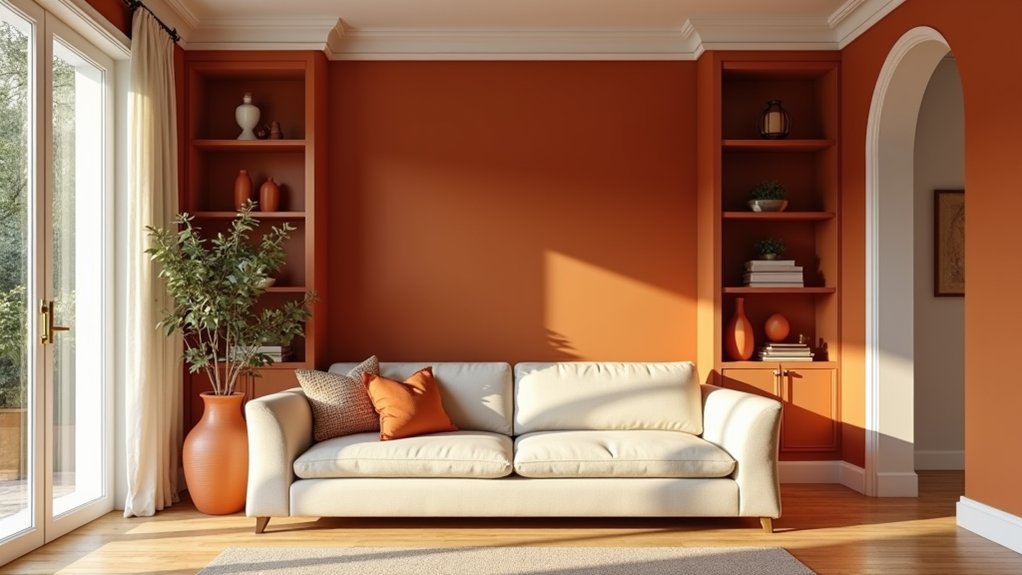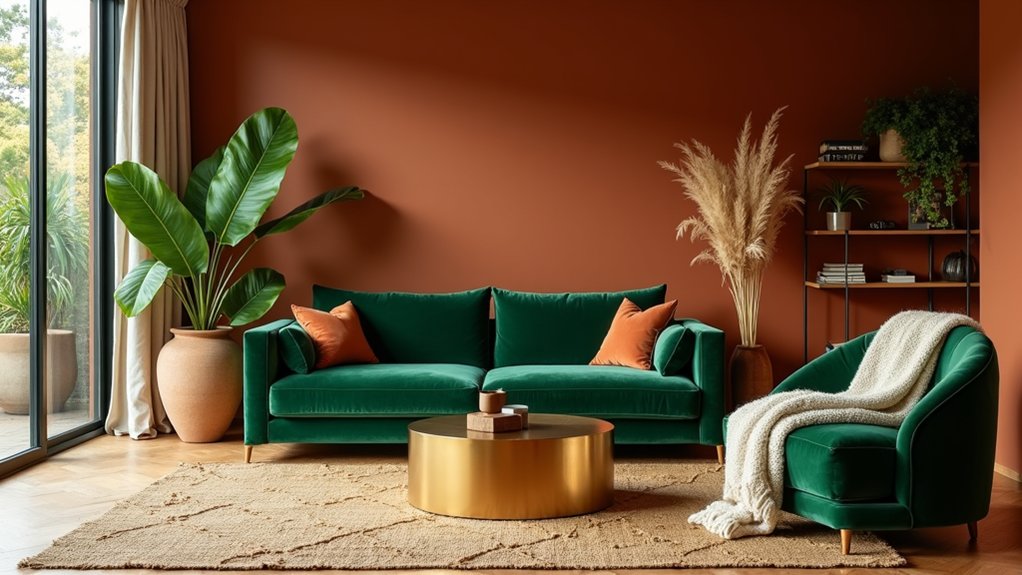As modern families reimagine their homes to accommodate both work and play, the children’s playroom has evolved from a simple toy-storage area into a sophisticated multifunctional space that nurtures creativity, learning, and growth. The 2025 design environment reveals a dynamic shift toward vibrant “dopamine décor” that stimulates joy and imagination while maintaining practical functionality throughout these vital childhood spaces.
Leading this transformation, nature-inspired themes have emerged as the dominant force in contemporary playroom design, with Beatrix Potter storybook elements creating nostalgic yet fresh environments. Botanical wallpapers, organic wooden furniture shapes, and strategically placed indoor plants establish biophilic connections that calm young minds while encouraging exploration. Incorporating natural materials can enhance the overall aesthetic and sensory experience in these spaces.
Nature-inspired playroom themes blend botanical wallpapers with organic wooden furniture, creating biophilic connections that calm and inspire young minds.
Earth-toned palettes provide grounding backdrops for bold accent walls in energizing hues, creating visual interest that captures children’s attention without overwhelming their developing sensory systems. Professional designers recommend incorporating wipeable wallpaper solutions that allow children to express creativity through drawing while ensuring easy maintenance and long-lasting freshness.
Technology integration represents another significant evolution in playroom planning, as interactive walls and AI-powered elements transform static spaces into dynamic learning environments. Smart furniture pieces incorporate charging stations within colorful storage compartments, addressing modern families’ device management needs while maintaining aesthetic appeal.
Digital learning stations blend seamlessly with traditional play areas, offering educational engagement through touch-responsive surfaces and customizable display features that showcase children’s artwork alongside generated imagery.
Personalization drives emotional connection within these spaces, with themed zones reflecting individual interests from dinosaurs to outer space exploration. Modular furniture systems adapt as children grow, featuring adjustable heights and convertible configurations that maximize long-term value.
Thoughtfully designed storage solutions employ labeled bins and wall-mounted organizers in dopamine-inducing colors, teaching organizational skills while maintaining visual cohesion throughout the room. Innovative IKEA playroom storage makeovers demonstrate how affordable solutions can transform cluttered spaces into organized havens that prioritize both accessibility and safety.
The convergence of sustainability and style materializes through eco-friendly materials and upcycled décor elements that add character without compromising environmental values. Ergonomic study zones with proper task lighting support assignments, while cozy reading nooks lined with floating shelves encourage literary exploration.
This comprehensive approach to playroom design acknowledges that childhood spaces must serve multiple purposes, nurturing creativity, supporting education, and providing restorative environments where young imaginations can flourish freely within carefully curated, joyfully vibrant settings.





